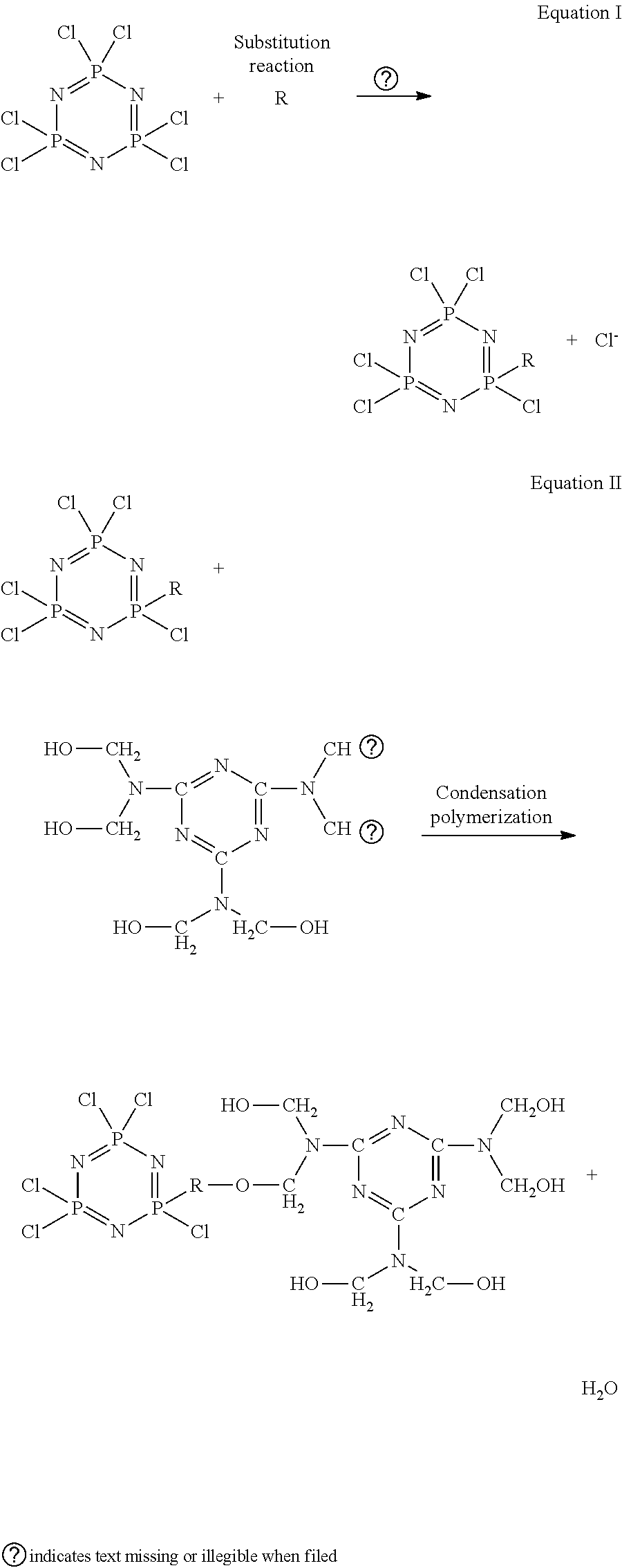Method For Preparing Functional Engineered Wood
a technology of engineered wood and functional components, which is applied in the field of functional engineered wood preparation methods, can solve the problems of high formaldehyde emission of engineered wood, difficult penetration, and inability to weatherproof coloring agents
- Summary
- Abstract
- Description
- Claims
- Application Information
AI Technical Summary
Benefits of technology
Problems solved by technology
Method used
Image
Examples
embodiment i
[0073]The preparation method of the modified MUF adhesive includes:[0074]A. feed 100 parts by weight of formaldehyde aqueous solution with a mass concentration of 36.5 wt %, 0.1 parts by weight of alkaline substance solution with a mass concentration of 30 wt % and 0.3 parts by weight of amino-terminated hyperbranched polymer PAMAM into a reaction kettle, and start the kettle to begin stirring; the alkaline substance is sodium hydroxide, potassium hydroxide, calcium hydroxide, barium hydroxide or ammonia water;[0075]B. add 1 part of phosphonitrilic chloride trimer, raise the temperature to 50° C., allow the temperature to rise naturally to 75° C., add 35 parts of melamine, raise the temperature to 90° C., and allow them to react to obtain primary condensation polymers;[0076]C. add 40 parts of melamine in the primary condensation polymers above, and add 0.6 parts of para toluene sulfonamide, to obtain second condensation polymers;[0077]D. cool the second condensation polymers to 70° ...
embodiment ii
[0078]The preparation method of the modified MUF adhesive includes:[0079]A. feed 100 parts by weight of formaldehyde aqueous solution with a mass concentration of 37.4 wt %, 0.5 parts by weight of alkaline substance solution with a mass concentration of 50 wt % and 0.6 parts by weight of amino-terminated hyperbranched polymer PAMAM into a reaction kettle, and start the kettle to begin stirring; the alkaline substance is sodium hydroxide, potassium hydroxide, calcium hydroxide, barium hydroxide or ammonia water;[0080]B. add 1 part of phosphonitrilic chloride trimer, raise the temperature to 55° C., allow the temperature to rise naturally to 85° C., add 55 parts of melamine, raise the temperature to 95° C., and allow them to react to obtain primary condensation polymers;[0081]C. add 45 parts of melamine in the primary condensation polymers above, and add 0.9 parts of para toluene sulfonamide, to obtain second condensation polymers;[0082]D. cool the second condensation polymers to 75° ...
embodiment iii
[0083]The preparation method of the modified MUF adhesive includes:[0084]A. feed 100 parts by weight of formaldehyde aqueous solution with a mass concentration of 36.9 wt %, 0.4 parts by weight of alkaline substance solution with a mass concentration of 40 wt % and 0.5 parts by weight of amino-terminated hyperbranched polymer PAMAM into a reaction kettle, and start the kettle to begin stirring; the alkaline substance is sodium hydroxide, potassium hydroxide, calcium hydroxide, barium hydroxide or ammonia water;[0085]B. add 3 part of phosphonitrilic chloride trimer, raise the temperature to 53° C., allow the temperature to rise naturally to 80° C., add 45 parts of melamine, raise the temperature to 92° C., and allow them to react to obtain primary condensation polymers;[0086]C. add 43 parts of melamine in the primary condensation polymers above, and add 0.8 parts of para toluene sulfonamide, to obtain second condensation polymers;[0087]D. cool the second condensation polymers to 72° ...
PUM
| Property | Measurement | Unit |
|---|---|---|
| temperature | aaaaa | aaaaa |
| temperature | aaaaa | aaaaa |
| temperature | aaaaa | aaaaa |
Abstract
Description
Claims
Application Information
 Login to View More
Login to View More - R&D
- Intellectual Property
- Life Sciences
- Materials
- Tech Scout
- Unparalleled Data Quality
- Higher Quality Content
- 60% Fewer Hallucinations
Browse by: Latest US Patents, China's latest patents, Technical Efficacy Thesaurus, Application Domain, Technology Topic, Popular Technical Reports.
© 2025 PatSnap. All rights reserved.Legal|Privacy policy|Modern Slavery Act Transparency Statement|Sitemap|About US| Contact US: help@patsnap.com



